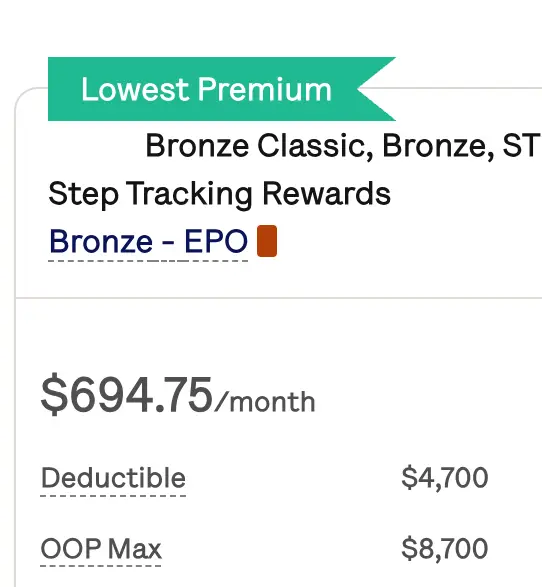COVID-19 Test Differences - PCR, Rapid, and Antibody
There are currently two main tests for the COVID-19 virus in the United States: diagnostic and antibody tests.
- Diagnostic tests detect an active infection with COVID-19 and are either done through a nasal swab or a saliva sample. The two types of diagnostic tests are molecular PCR tests and antigen (rapid) tests.
- Antibody tests are done through a blood test to detect a previous infection with COVID-19.
The Differences Between a COVID-19 PCR & Antibody Test
Both PCR and antigen tests are diagnostic tests; therefore, you should get either of these tests if you are experiencing symptoms of COVID-19. According to Harvard Health Publishing, there are a few key differences between the PCR and antigen (rapid) tests. We outline important differences in the table below:
| PCR Test | Antigen (rapid) Test |
|---|---|
| Nasal/throat swab or saliva sample | Nasal swab |
| Results can take up to a week | Results in less than one hour |
| Lower chance of false-negative results | Higher chance of false-negative results |
| Works by directly detecting the presence of the virus genetic material (RNA) | Directly detects molecules on the surface of the virus |
Antigen tests produce results faster, but have a higher chance of yielding false-negative results. Your doctor may want to get a PCR test to confirm a negative test result from an antigen test.

Get affordable doctor copay without paying insurance premiums
Join 39,000 people and get Mira, the best alternative to traditional insurance. Enroll and use immediately. Plans start at only $45/mo.
Jacqueline graduated from the University of Virginia in 2021 with a B.A. in Global Public Health and is a current M.D. candidate at the Icahn School of Medicine at Mount Sinai. Jacqueline has been working for Mira since April 2020 and is passionate about the intersection of public health and medical care.
